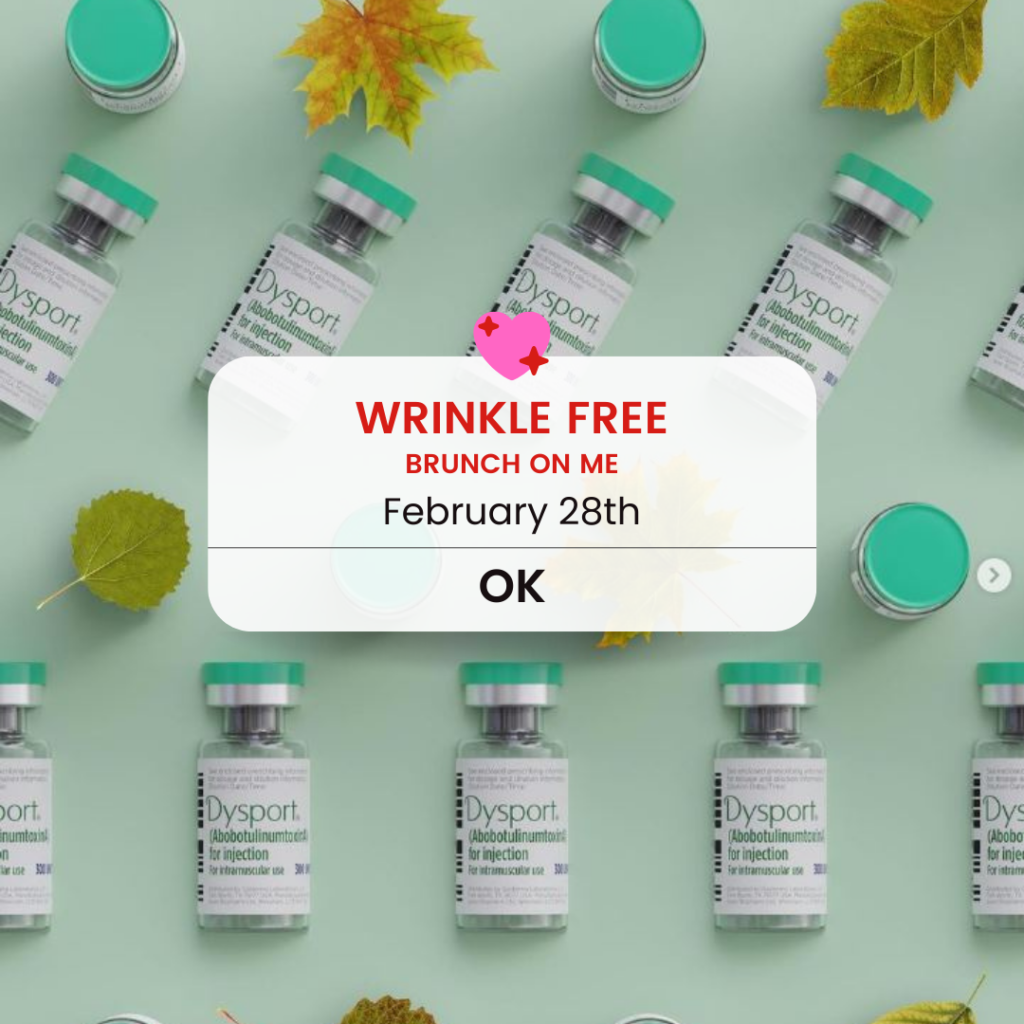People spend tons of time outside throughout the year. That means there will be plenty of opportunities for skin damage caused by sun exposure. According to the Centers for Disease Control and Prevention (CDC), the sun’s UV rays can damage your skin in as little as 15 minutes. The good news is that you can help prevent sun damage with a few key sun safety tips, including using a safe sunscreen.
1. Choose a Safe Sunscreen for Sun Protection
Everyone knows that using sunscreen is a key part of sun protection. However, not all sunscreen is created equal. Along with searching for a broad-spectrum sunscreen that has a sun protection factor (SPF) of at least 30, you need to make sure you choose one that’s made with safe ingredients.
Earlier this year, independent lab Valisure found that over 70 sunscreen and after-sun care products contained a chemical called benzene. Benzene is an industrial chemical known to cause cancer and other potentially serious health risks.
If you choose one of the listed products with broad-spectrum protection (broad-spectrum means it protects against UVA and UVB rays), you’re ready to take the next steps for sun protection.
2. Use a Safe Sunscreen Liberally
Once you’ve chosen a good sunscreen, make sure you’re applying it liberally. Don’t skimp, and be sure to cover all of your exposed skin 30 minutes before sun exposure. The SPF rating is based on applying an ounce of sunscreen to the body for each application. To gauge how much an ounce is, picture a shot glass full of sunscreen and use that amount.
Make sure you cover your:
- Face
- Arms
- Legs
- Torso
- Back
- Nose
- Ears
- Neck
- Hands
- Feet
- Lips
3. Keep Reapplying
Sunscreen application is not a “one and done” situation. Your particular sunscreen should have directions for how often you need to reapply it, but you should never go longer than two hours without reapplying. If you are sweaty or have gotten wet, you’ll need to reapply much sooner because it will come off in the water even if the sunscreen says it’s water-resistant.
4. Keep it Covered
Cover up as much skin as possible with clothing while you’re outside. Even if you’re wearing sunscreen, covering exposed skin is recommended for extra sun protection. Choose materials that are made with UPF (ultraviolet protection factor). UPF is the clothing rating for sun protection. There are special lightweight bathing suits, shirts, and pants made with UPF material to ensure you are protected during all of your outdoor activities. Learn more about sun-protective clothing and UPF from the Skin Cancer Foundation.
And don’t forget to wear a hat to cover your neck and ears. Hats are a must-have for everyone, but they’re even more important for people who may not have a lot of hair on their heads. Look for wide-brimmed styles and hats made with UPF material.
5. Seek Out Shade
If you’re going to be spending a lot of time at the pool, beach, park, or an outdoor sporting event, seek out a shady spot. This way, you can get outside and enjoy the great outdoors while minimizing sun exposure. When visiting a public pool or beach, check to see if you’re allowed to bring an umbrella when you visit. That way, you have guaranteed shade. But always be aware that shade doesn’t offer complete protection. Remember, you can still get sunburned in the shade, so be sure to wear sunscreen even when you’re under shelter.
6. Mind the Time
Be mindful of how much time you spend outside. Also, be mindful of the time of day because the sun is stronger at certain times. According to the American Cancer Society, UV rays are strongest between 10 am and 4 pm. Either avoid being out too long during these times or take extra sun protection measures.
7. Don’t Forget Sunglasses
Your eyes need sun protection too. Get a good pair of sunglasses that block UV rays, and you could prevent damage to your retinas.
8. A Tan Doesn’t Provide Sun Protection
Some people think a tan will protect them from further skin damage and sunburns. However, the “base tan” theory is just a myth. According to Scientific American, studies have proven that a base tan doesn’t provide sun protection. Plus, a tan can actually put otherwise fair-skinned people at higher risk for skin cancer.
Indoor tanning can be even more dangerous. The American Academy of Dermatology (AAD) reports that even one indoor tanning session can increase your risk of melanoma by 20 percent.
9. Avoid the Burn
While you don’t need to get a sunburn for skin damage to occur, sunburns increase your chance of developing melanoma. If you follow the other sun protection tips on this list, you should be able to avoid a painful burn this summer.
10. Check Your Skin Regularly
The American Cancer Society and many doctors recommend doing a skin self-exam once a month. Regular self-exams can help you detect changes or abnormalities in your skin, which may help catch skin cancer early.
Consult a Dermatologist
To get more information on effective sun protection, consult a dermatologist. Blue Ridge Dermatology provides comprehensive medical and cosmetic dermatology, including skin cancer screening. To get more information, call us at (919) 781-1050 to make an appointment.


